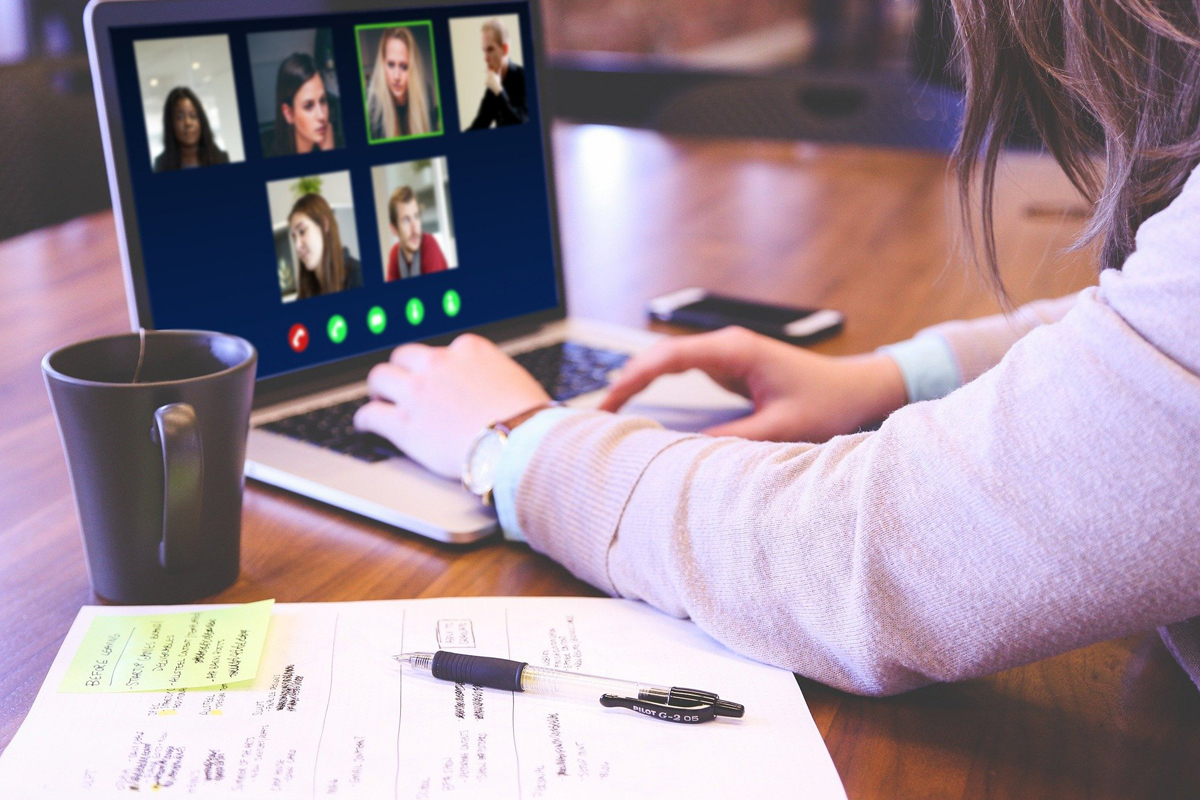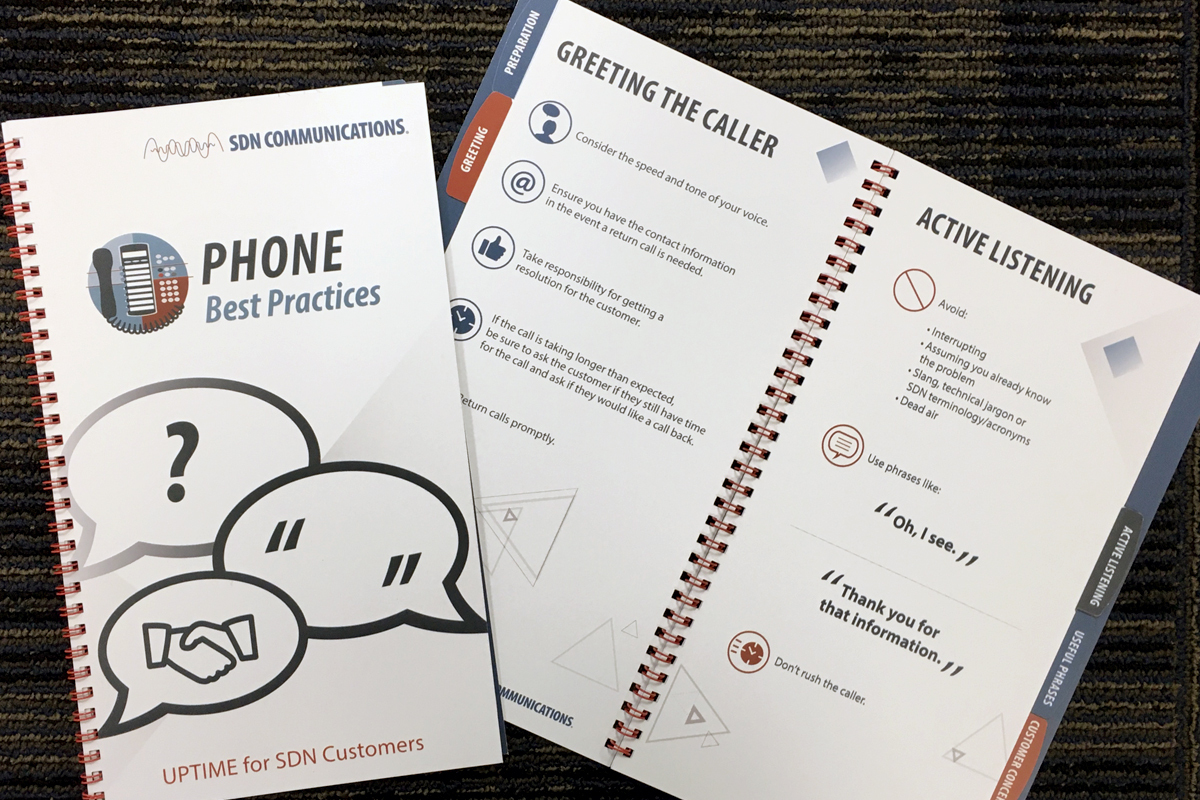
Virtual meetings are no longer a novelty in business offices. COVID-19 has been increasing the appeal of video conferencing since March 2020, when the pandemic first hit the Upper Plains, and the virus continues to spread.
Some video conference participants are still learning and refining their skills, while some more experienced users might be picking up some bad habits. A refresher on video etiquette might be in order.
To get thoughts and suggestions, I checked with three experienced executives at SDN Communications, which specializes in broadband connectivity.
“I believe many of us are getting a little burned out on video calls and are longing for some in-person interaction,” said Amy Preator, human resources director. “However, we probably all are resigned to the fact that this will be our new normal for the near future.”
Preator said her video conversations seem to be more productive if she’s able to see the other people participating in meetings. So, she encourages people to leave their cameras on, when that’s a reasonable option.

Brenda Lynch is a project manager who coordinated a committee’s compilation of a “Phone Best Practices” guidebook for SDN employees. The book covers everything from advising employees who answer calls to be ready to take notes to the importance of responding to customers in upbeat ways. Some suggestions for phone conversations also are relevant to video conversations, Lynch said.
Be pleasant in introducing yourself, for example, and don’t abruptly leave a conversation, she said.
“I think it’s important to familiarize yourself with the icons so that you know how to mute, chat or raise a question within a video, and also know how to share screens,” Lynch said.
She advises people to go into virtual meetings with an agenda. That will help remind participants of the topic at hand and might help some follow along.
Meetings with just a few people might not be much different than in-person meetings. Complicating factors come into play with bigger, virtual gatherings. In larger meetings, turning off your camera might a good option to help the presenter command screen attention.
The chat feature seems to be an especially underused tool in video conferences, Lynch said. Typing a comment or question for the speaker or meeting coordinator or using the “Raise Your Hand” features can be good, non-disruptive ways to get a message across.
“A bad habit, and it happens in phone etiquette as well, is not knowing when it’s an appropriate time to talk and talking over someone,” Lynch said. “I think that’s a piece of business etiquette that’s always good to reinforce.”
Lynch suggests reading body language and waiting for queues from the speaker or the agenda for the appropriate time to give input. She says good hosts often set the tone and expectations for the etiquette they prefer.

Ryan Dutton, commercial and enterprise sales manager for SDN, cautions people about getting too casual and relaxed in virtual meetings.
“Because people have been remote for a while, there’s a degree of relaxation involved in conducting business. That’s good and fine, to an extent. But we all need to be cognizant of our brand and the organization we represent,” Dutton said.
If a person works for an organization that tends to be formal in the way it represents itself and its products and services to the public, that type of environment should be maintained in video communications, he said. The casual approach generally should be left to organizations who routinely use that relaxed style to market themselves or sell products.
People who are presenting during a virtual meeting should also familiarize themselves with the platform they’re using, Dutton said. Listeners should test their microphones in advance to make sure the volume is not too high or might potentially create an echo problem for other participants. And everyone in a meeting should turn off or silence their cell phones, just like they would at an important, in-person meeting, he said.
Also, be aware of what will be in camera range behind you and is visible to others. To a reasonable degree, try to provide a professional or appropriate backdrop.
“I think everybody really understands that this is still something we’re getting used to. I think we’re very tolerant of people having distractions at home and knowing everyone is doing the best they can,” Dutton said.
SDN is a leader in providing business internet, private networking and cloud connectivity to businesses and organizations in communities such as Sioux Falls, Rapid City, Worthington, and the surrounding areas.




